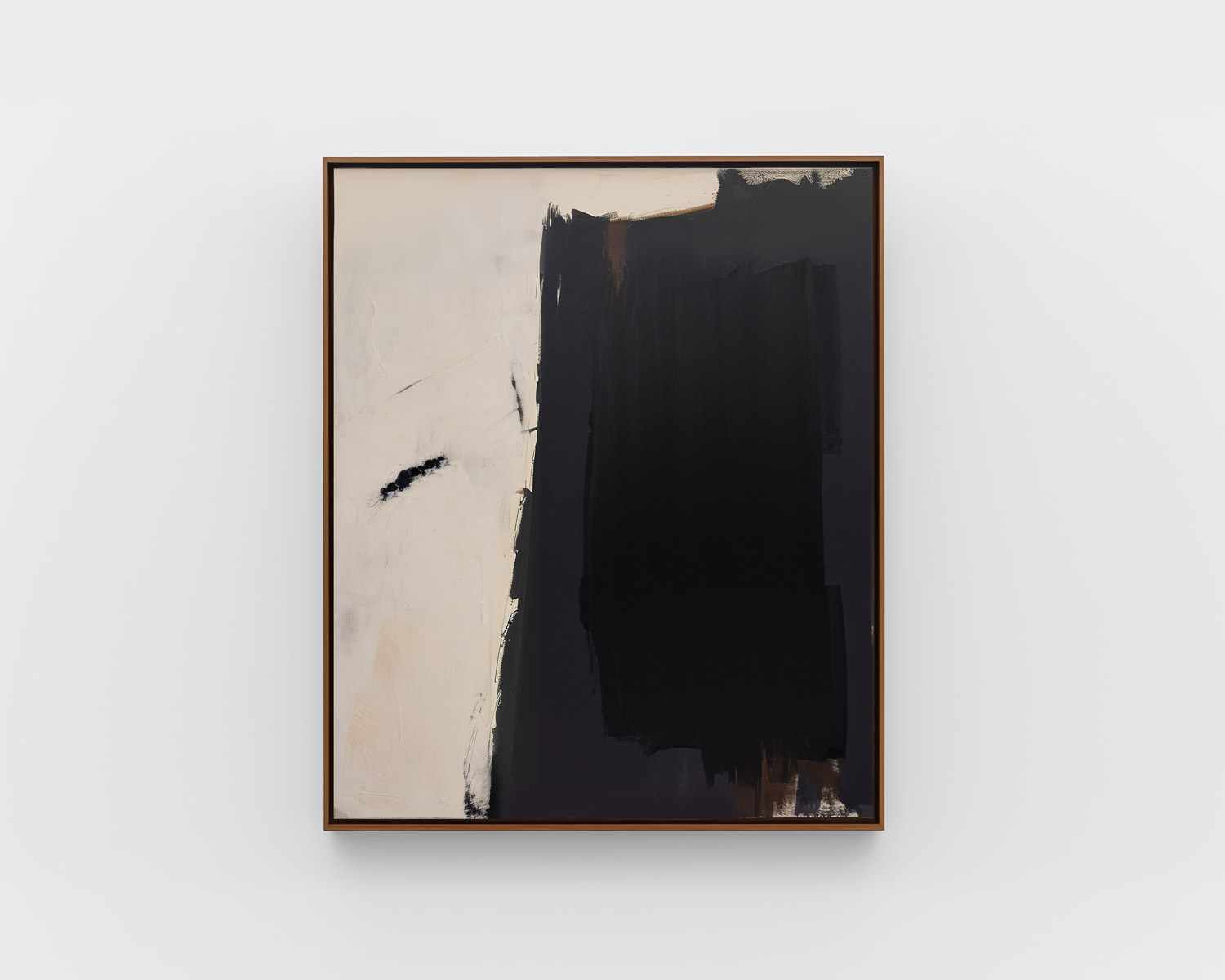Lately, artificial intelligence (AI) has significantly expanded its influence on the art world. Not only are computer-generated artworks being sold at auction for dizzying sums1; artists are also increasingly using algorithms to inspire themselves or to create new works of art. Some time ago, I published an article on this topic in which I explored whether AI-generated art is art at all (read article here). However, in this essay I did not explore an important and very controversial aspect in depth: Emotions. After all, is it even possible to feel a genuine emotional connection to artworks created by an AI?
I have now discovered an interesting study that I would like to share with you on this topic. The study entitled “Does an emotional connection to art really require a human artist?”2 by Theresa Rahel Demmer and her team is precisely about investigating whether people can build emotional connections to AI-generated art.
The study used a methodical approach: 48 participants were shown visually similar abstract black-and-white artworks that had been created either by a human artist or by an algorithm (image of the works shown). Their task was to record their emotional reactions and the presumed intention behind the artworks. The results of the study indicated that the participants felt at least some emotions in an average of 76.6% of all artworks viewed, regardless of the actual origin of the artwork (human or artificial). These findings therefore seem to contradict the assumption of many that AI art cannot create any real emotional connections.
How our knowledge of the origin of a work of art influences our emotional response
A fascinating aspect of the study is the role of so-called “priming” – that is, the information provided to participants about the origin of the artworks before they viewed them. The study indicated that people often evaluated AI-generated art positively when they did not know that the displayed works were created by an AI. When participants believed the art was created by a computer, they reported more frequently that they did not experience any emotions. However, some participants indicated that they felt at least some emotions, even when they were told the art was computer-generated.

In this context, the scientists refer to an older study by Elgammal et al. (2017), in which participants were presented with paintings created either by AI algorithms or by contemporary artists and masters of Abstract Expressionism without telling them in advance whether they were AI-generated works or works made by humans. The results showed that participants rated AI art similarly or even higher than human art!
In terms of the intensity of emotions felt, there was evidence that human-made artworks elicited more positive emotional responses. A detailed analysis revealed that there were significant differences in certain emotions based on the origin of the artwork, particularly for positive emotions. How interesting!
… When participants were told that they would be viewing computer-made art versus when they were told that the art would be from a human, they tended to report more cases of feeling no emotions — with the same underlying images.
Excerpt from the study
Reflection on art and its intentions
The study therefore indicates that an emotional and empathetic engagement with art does not necessarily require a human artist. I find these results incredibly fascinating. Because this underlines how deeply rooted our human ability is to recognize and interpret emotions and intentions in the things we see. And I think that is a very positive characteristic. A characteristic that makes us deeply human and distinguishes us from machines – for now!
But even if the results of this study are incredibly valuable and fascinating at the same time, they raise further profound and fundamental questions about the nature of art itself: What does it mean to convey emotions through a work of art? To what extent do our prejudices or assumptions about the origin of an artwork – whether human or machine – shape our emotional reaction to it? How biased might we be towards AI-generated art? Can we truly react to art objectively, or is our art experience inevitably influenced by our knowledge of the creator?
I am curious to see how this development will continue to affect us and especially the art market – because how do you evaluate a work that was created at the push of a button and not through thoughts, intentions, experiences, feelings, etc.? Maybe it is time to redefine our understanding of art and creativity? After all, if even AI art is capable of triggering emotional responses in us, shouldn’t we accept it as “true” art as well? A highly individual matter of opinion. These questions offer us the chance to question what makes art so meaningful to each of us.
How does this development change your own understanding of art and creativity? What do you think?
Further Reading:
- https://en.wikipedia.org/wiki/Edmond_de_Belamy
- https://www.sciencedirect.com/science/article/pii/S0747563223002261
- Article: Is AI-Genereated Art Really Art? https://www.aesence.com/is-ai-generated-art-really-art/
About Exploring Aesthetics:
Sarah loves asking questions and exploring the things she engages with on a daily basis. Exploring aesthetics is her column which discusses art, design, and aesthetics to explore, inspire, and question the status quo.


